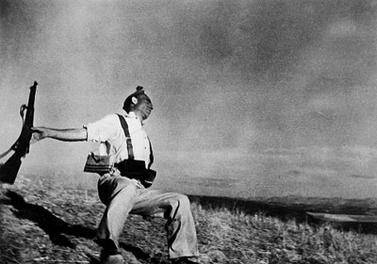I shot this just yesterday in Parc Lafontaine in Montreal. It was about 1 hour before sundown and these boys were on a rock feeding, playing with the ducks and just chatting. I LOVE timeless feeling shots and I was captivated by the scene, their pose and the fading light.
Most times these types of silhouette shots are a result of error because the photographer wanted the main subject to be well lit and the result is the underexposure of the main subject due to back lighting. Not here.
For me the whole scene was the main subject and so I deliberately kept my flash off even though it was already mounted to my camera and ready to add as much light as I wanted to the boys. I did add a hint of extra light in the post-processing by dodging the boys’ faces.
Exif data -‚ F4‚ — 1/500‚ — ISO 200 — 50mm focal length


















